Historic Caledonian Canal 'dewatered' for lock work
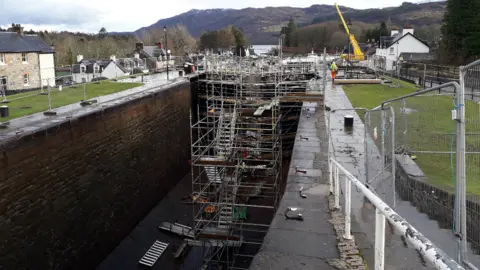 George McBurnie/Scottish Canals
George McBurnie/Scottish CanalsA stretch of the Caledonian Canal has been emptied of water to allow for lock gates to be replaced on the historic waterway.
Scottish Canals has drained a 7,293m (23,927ft) long section in a process called dewatering.
Most of the water to an average depth of 5m (16ft) has been pumped out.
Lock gates at Fort Augustus and also about two miles (3km) south at Kytra are being replaced. The work started last month and is due to end in March.
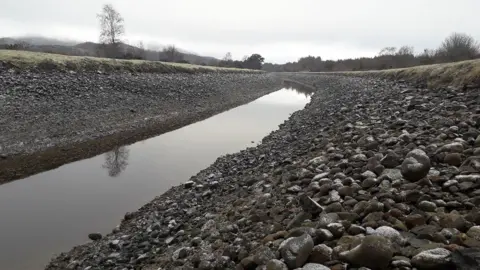 George McBurnie/Scottish Canals
George McBurnie/Scottish Canals George McBurnie/Scottish Canals
George McBurnie/Scottish CanalsThe dewatering involved closing some lock gates and locking them closed.
Water flow was stopped by using barriers called stop planks and small dams of rock, before pumping out water.
The overall section of canal involved has been closed to traffic.
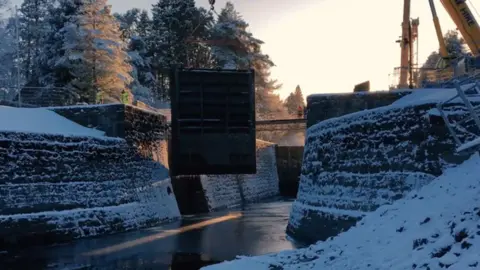 Scottish Canals
Scottish Canals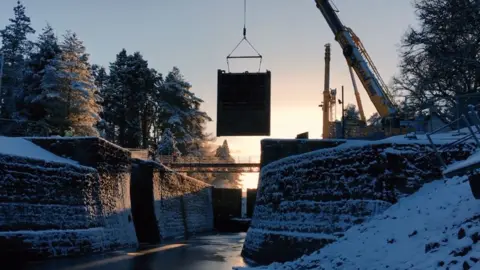 Scottish Canals
Scottish Canals Scottish Canals
Scottish CanalsThe Caledonian Canal took 12 years to construct.
Opened in 1822, with repairs and improvements made in the 1840s, it was built to designs made by famous Scottish engineer Thomas Telford.
The waterway's 60 miles (96.5km) length includes lochs Ness, Oich and Lochy and 22 miles (35km) of canal with 29 locks.
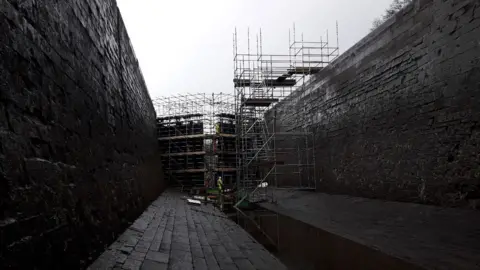 George McBurnie/Scottish Canals
George McBurnie/Scottish Canals